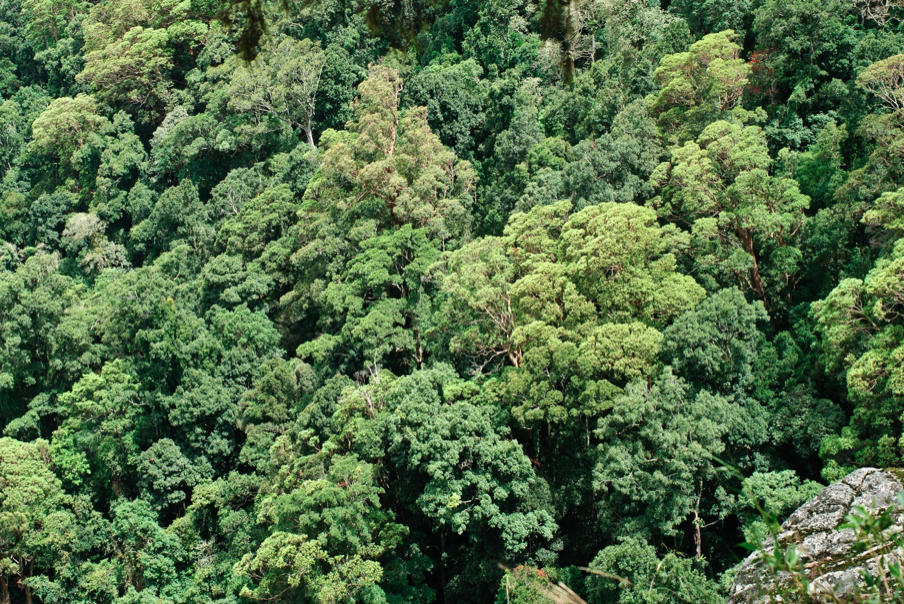Whale watching might be an economically and environmentally feasible way to replace the whaling industry, according to researchers at the University of British Columbia. Andres Cisneros, a PhD candidate at the University of British Columbia Fisheries Centre, says whale watching has the global potential to become a $2.5-billion industry and support 19,000 jobs.
A gray whale surfaces beside a whale-watching boat off the coast of the Baja peninsula in Mexico. Photo © IFAW
We interviewed Andres to discuss the global whale hunting controversy and how coastal countries can profit from whale watching in this video.
https://www.youtube.com/watch?v=A6qByHtjd0M
We further discussed with Andres the importance of whales in the ecosystem in this podcast.
Audio clip: Adobe Flash Player (version 9 or above) is required to play this audio clip. Download the latest version here. You also need to have JavaScript enabled in your browser.
Whale watching is more than sitting on a boat and viewing just whales. It is going out into the natural environment of whales and viewing all the marine species who share the water with the whales. It has significant educational and environmental benefits and provides an outlet to study the whales scientifically. There are also economic benefits both locally and globally. Whale watching has the potential to expand the tourism market, which will promote all the local businesses and restaurants. Jobs are created when locals are trained as guides. They can combine local knowledge such as traditional encounters with the whales with scientific knowledge about the whales.
Whale watching as an alternative to whaling is an idea being promoted around the world. The International Fund for Animal Welfare (IFAW) wrote up a global proposal for whale watching as a sustainable alternative. They estimated that the whale watching industry profited 1-billion dollars in 2001. Recent findings by Andres Cisneros from the University of B.C. found that whale watching could potentially profit 2.5 billion dollars worldwide. His model estimates the value of whale watching could be worth double the amount compared to 10 years ago if countries begin to expand their whale watching industry.
A humpback whale breaches off the coast of the Dominican Republic. Photo © IFAW/ C. Carlson
Regulations are being put in place to make sure whales and their environment are respected. The IFAW is one of the main groups who promotes responsible whale watching. Responsible whale watching is a global code of conduct for how whales should be treated. This is to prevent the harassment of the whales and reduce intrusions into their environment by the whale watching boats. There are concerns that a large number of boats and people may disturb whale migration and feeding habits.
There is also a need to change some of the tourism laws to allow local fishermen to act as whale watching guides.This will provide more work and give them an opportunity to expand their employment beyond just fishing. This problem was brought to Andres’ attention on a recent trip to Panama. “I was just down talking to fishermen in Panama and they were saying ‘sometimes the fishing is not very good and we know that there are whales out there and we would like to maybe ask the tourists if they want to pay us and we would take them to where we know there are whales’ and they are not letting them do that right now because of some tourism laws that they have down there.”
Whale watching is a way to use whales as a sustainable resource. It provides jobs and reduces the harm done to whales and their environment. Some countries are realizing the potential profit that whale watching can but many more can join in and stop commercial whaling. There needs to be regulation on this growing whale watching industry to make sure it is practiced ethically.
The UK company Sea Life Surveys has a video on how they run their responsible whale watching trips.
Post created by : Shirley Huang, Kate MacMillan, Irfan Haji, James Kirkbright





